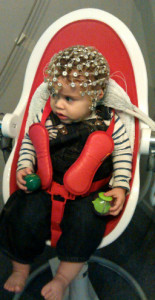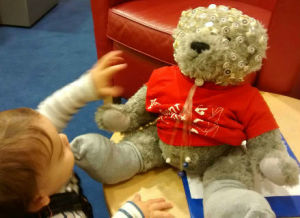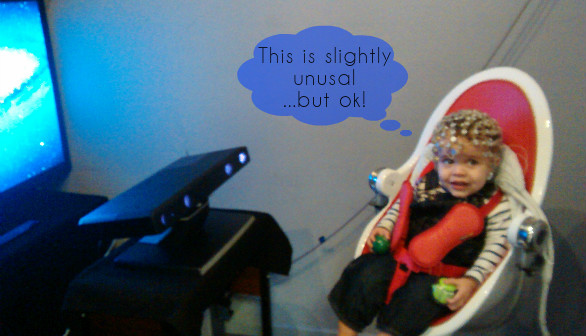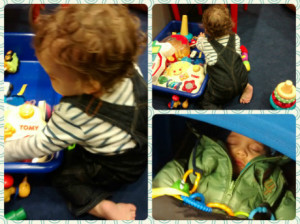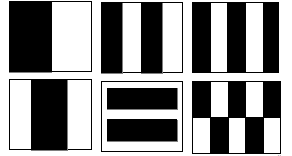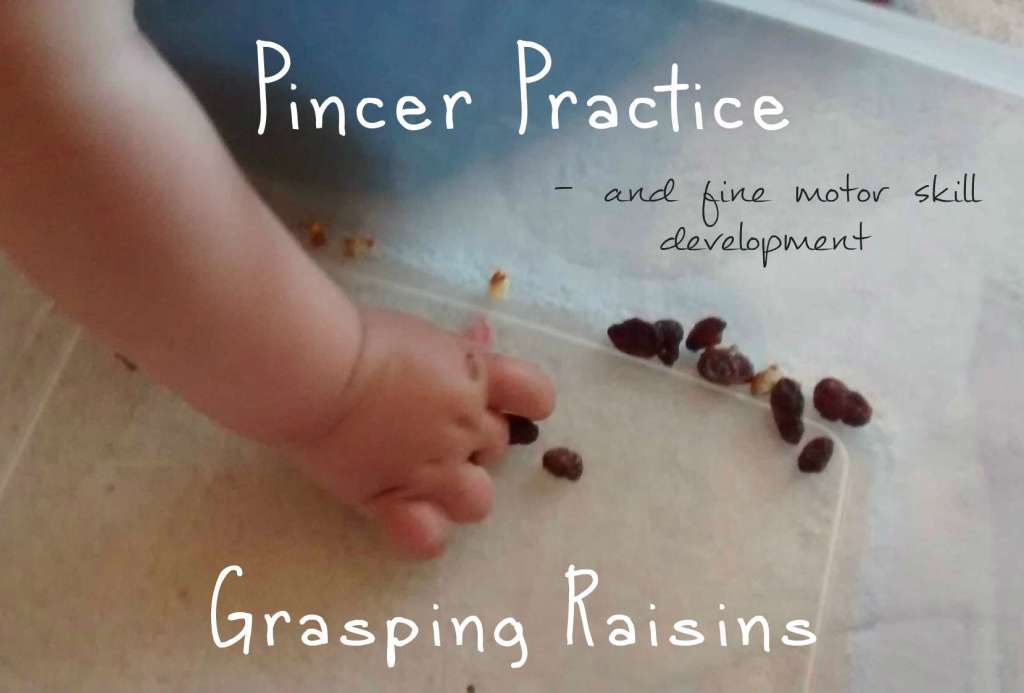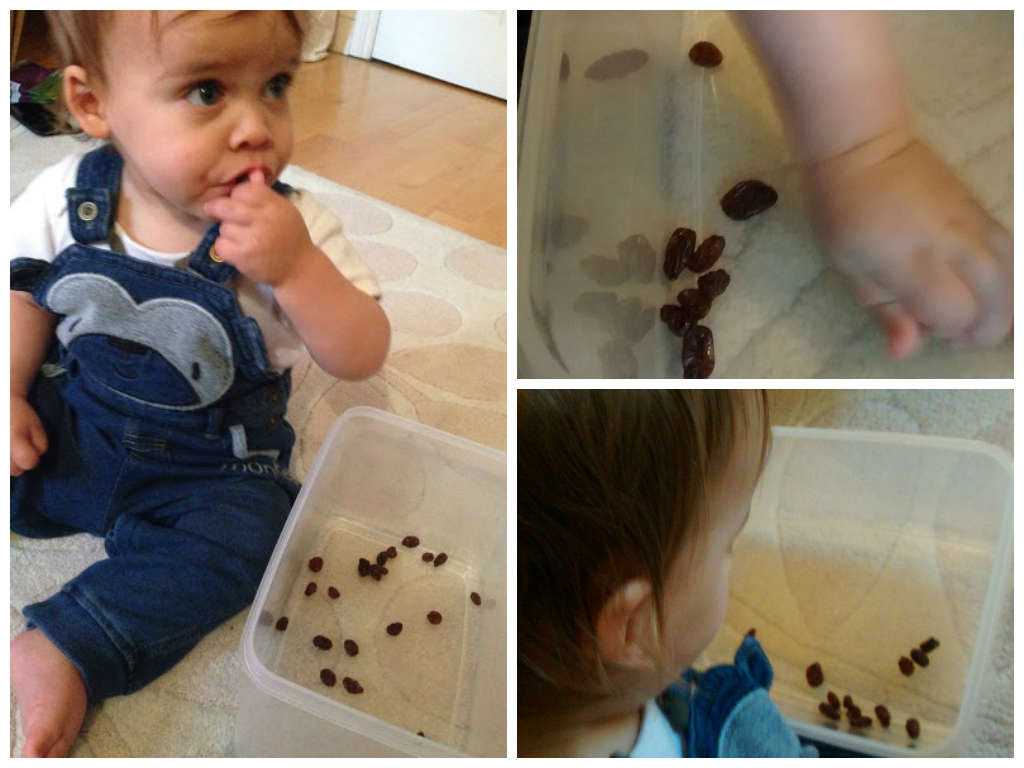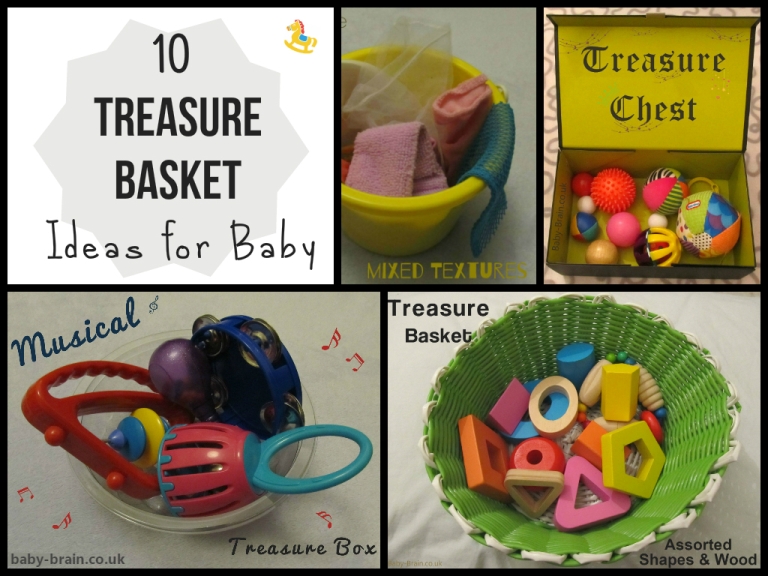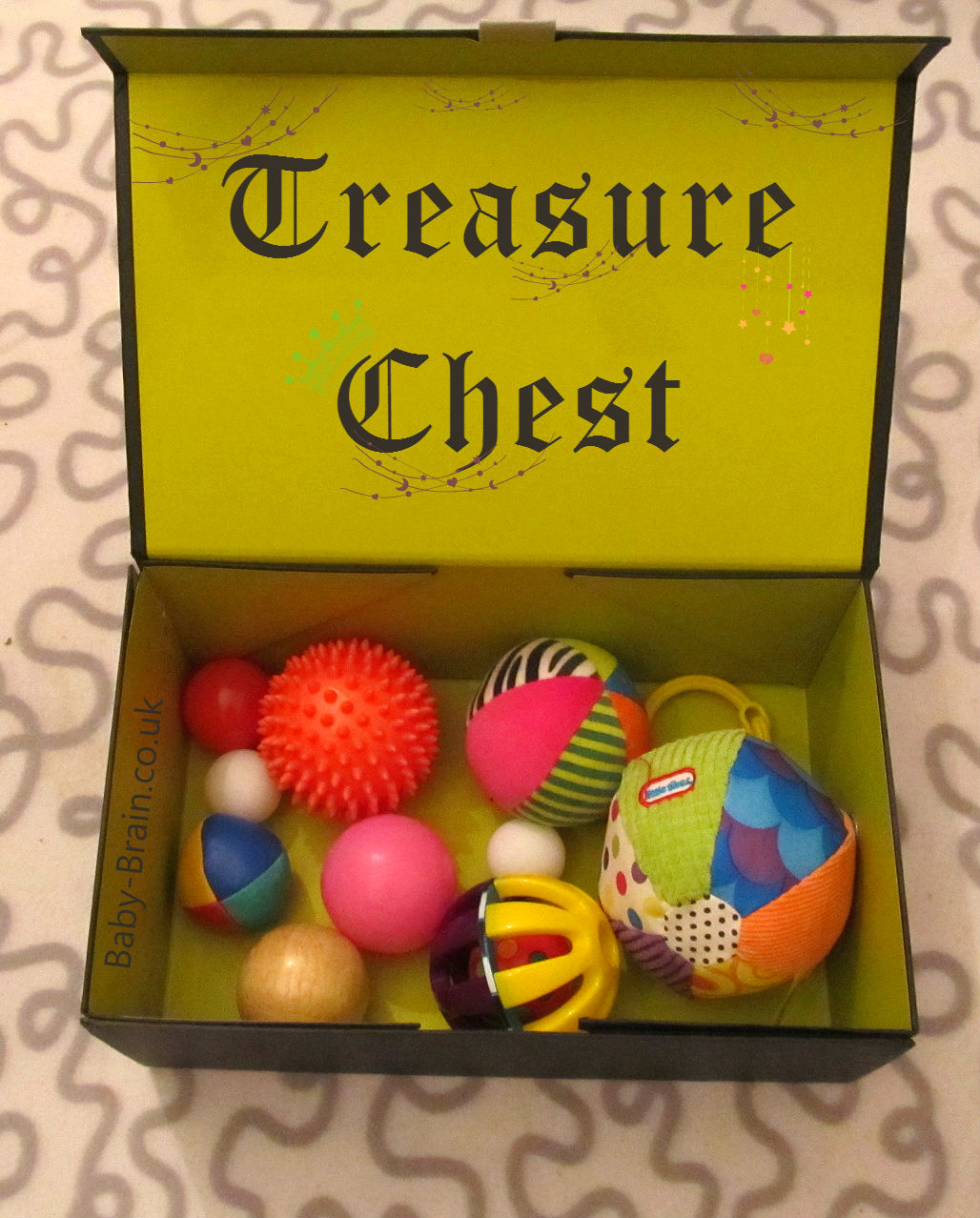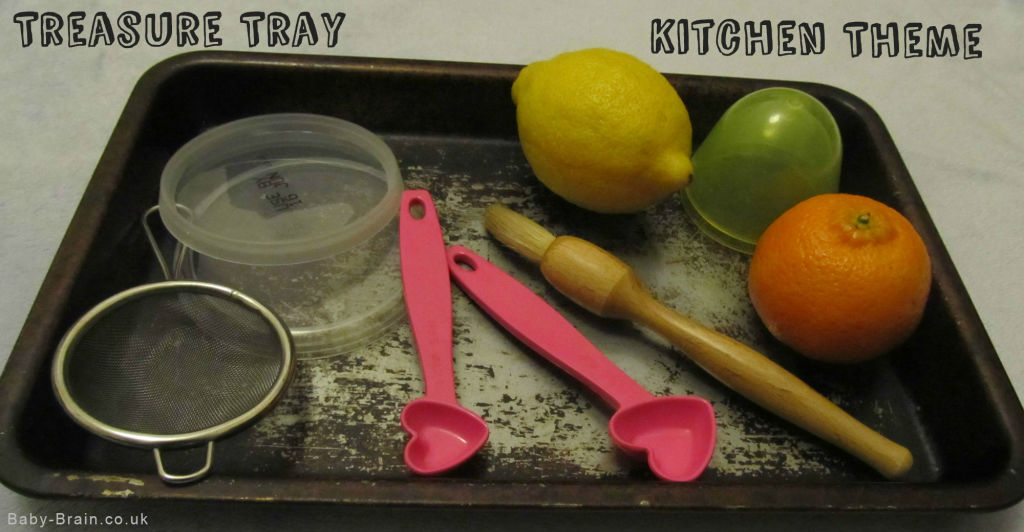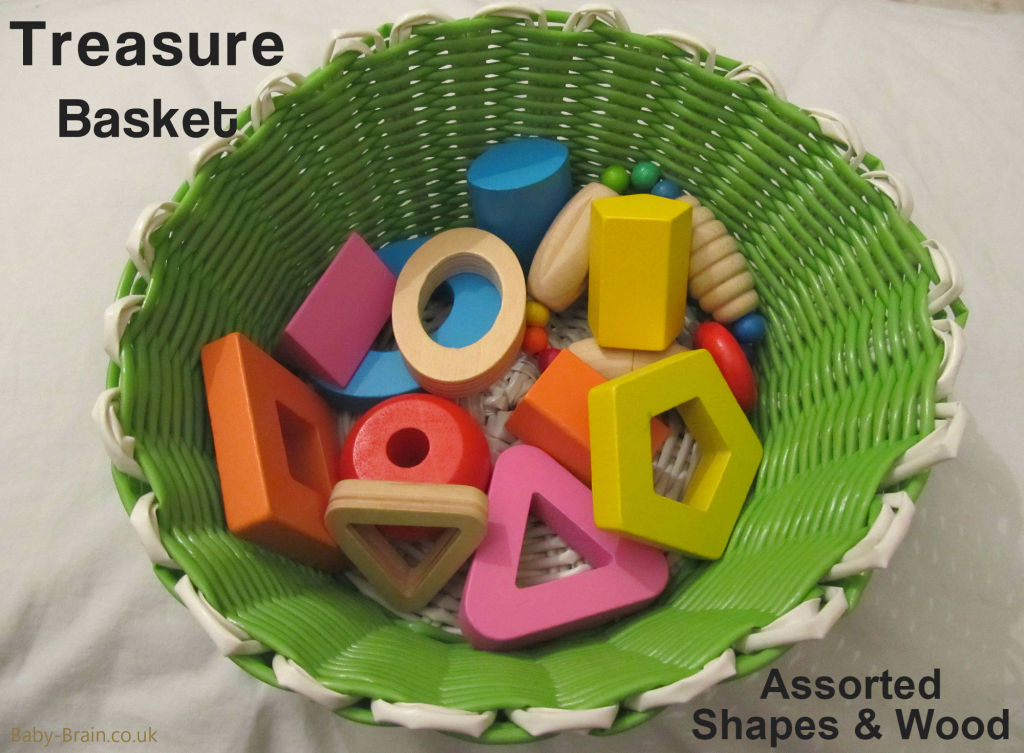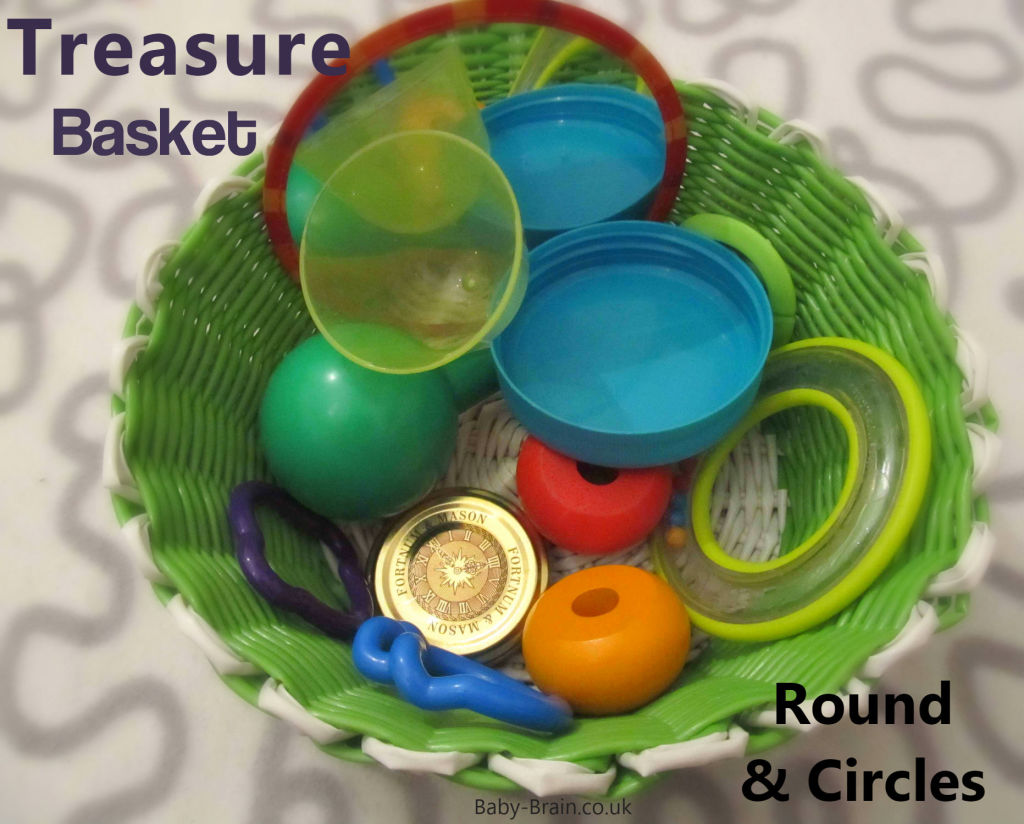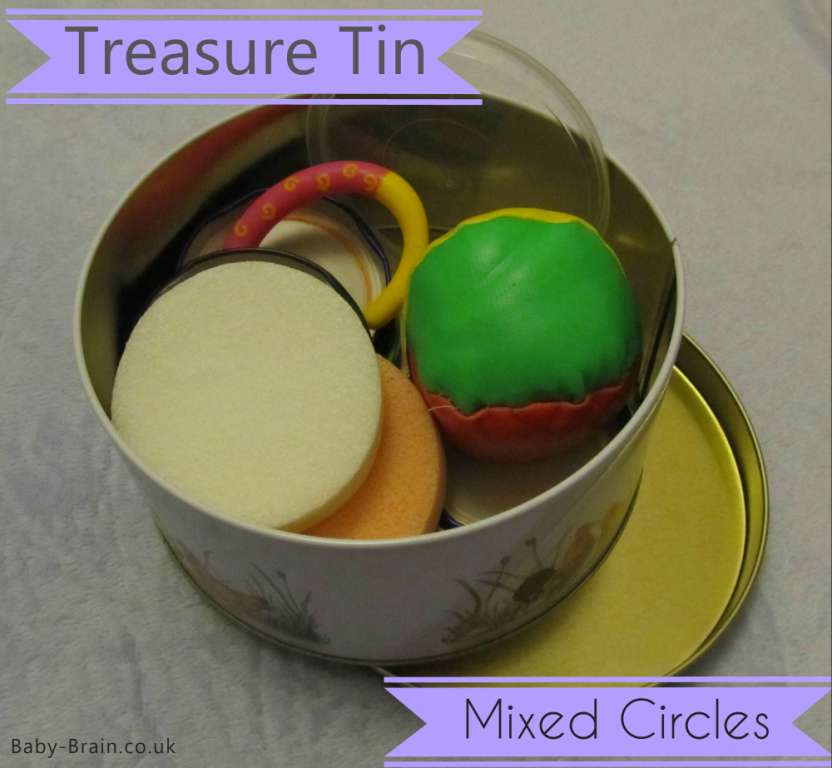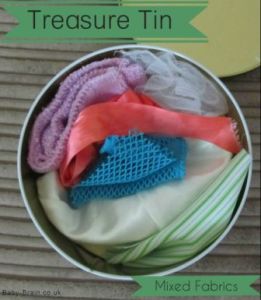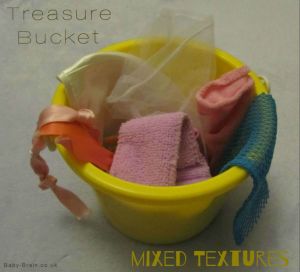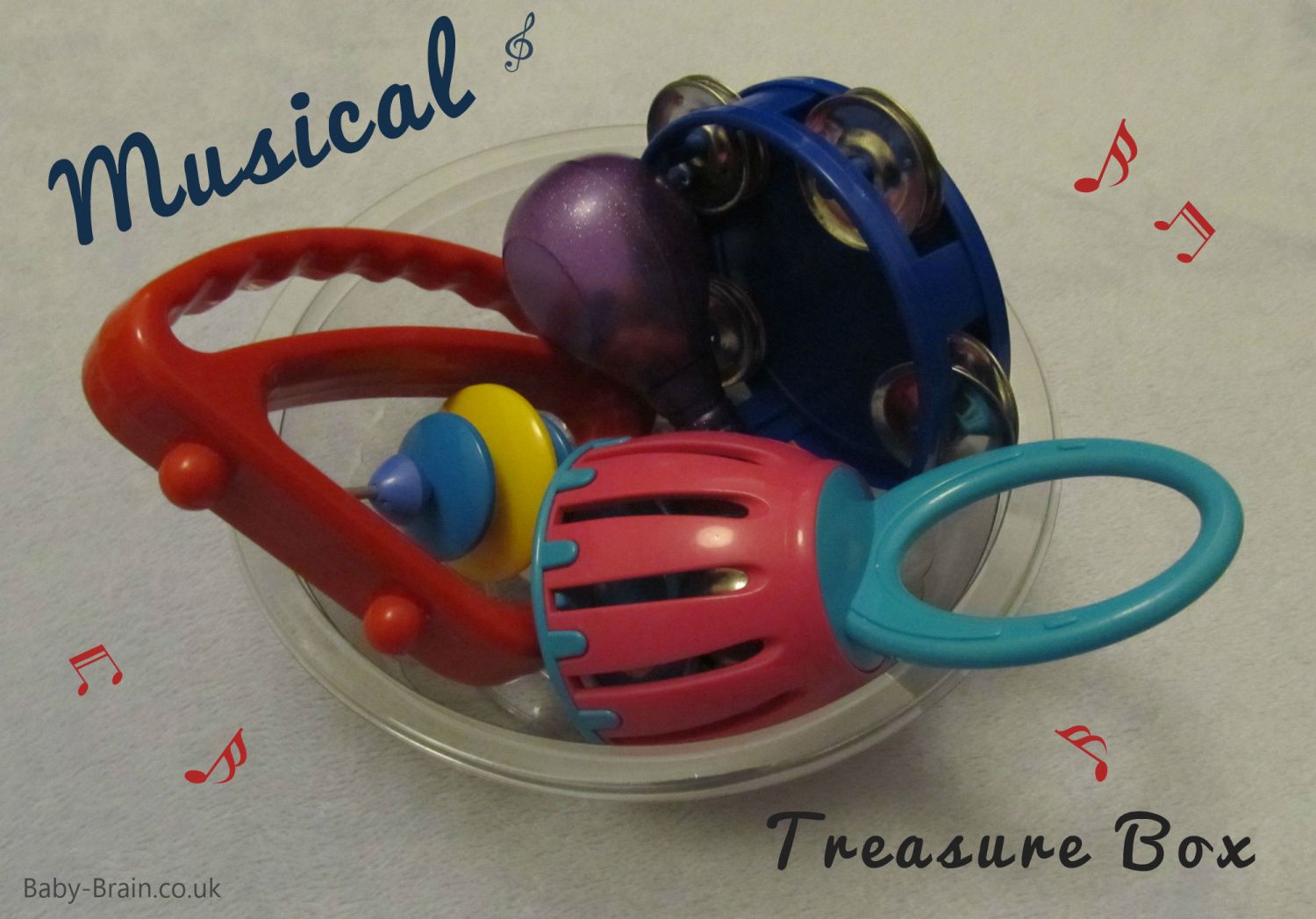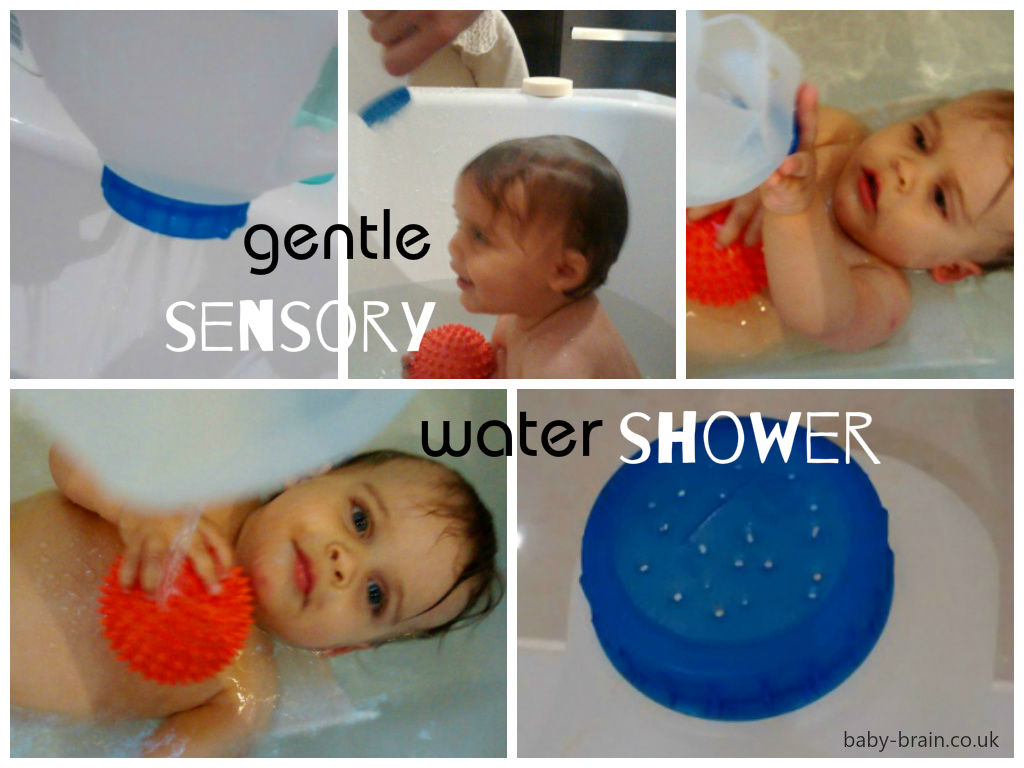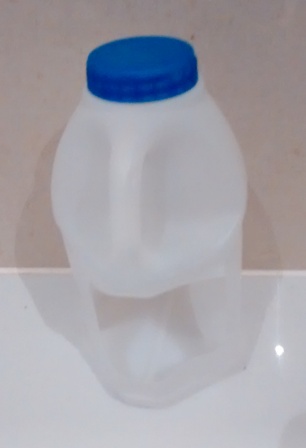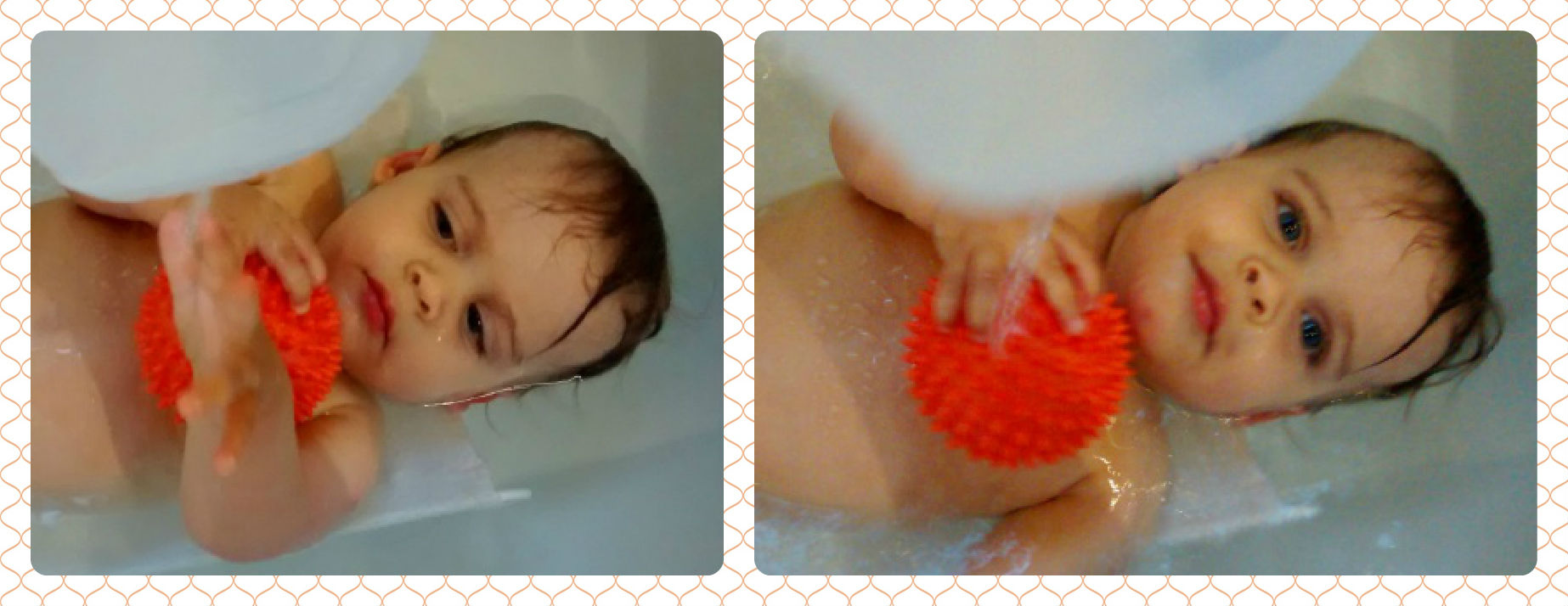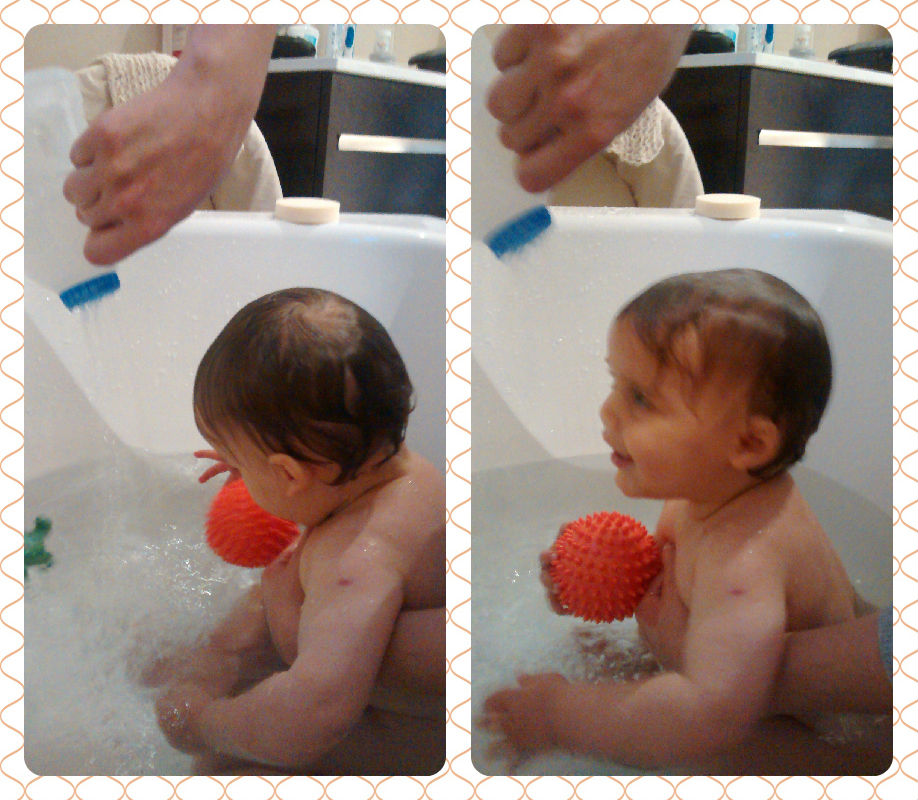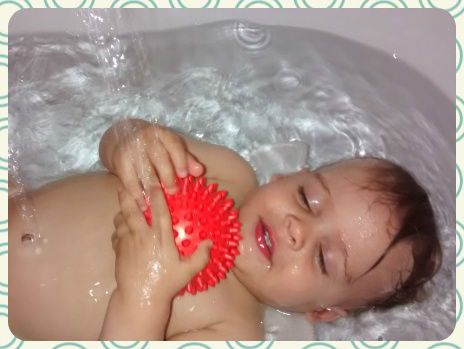“Brain regions that encode words, grammar, [and] story identified”
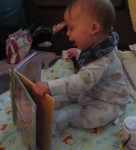
What happens when I read this book?
Psychological research says:
A study involved functional magnetic resonance imaging (fMRI) scans of eight people as they read a chapter of a Harry Potter book. On analyzing the scans, by every four-word segment, they produced an “integrated computational model of reading”, identifying, (they claim) which parts of the brain were responsible for processes such as determining the meaning of words, understanding relationships between characters, and parsing sentences.
Interestingly –
“The test subjects read Chapter 9 of Sorcerer’s Stone, which is about Harry’s first flying lesson,” …
It turns out that movement of the characters — such as when they are flying their brooms — is associated with activation in the same brain region that we use to perceive other people’s motion.
Similarly, the characters in the story are associated with activation in the same brain region we use to process other people’s intentions.”
Method: The study used a technique where people saw four words of a passage every half two seconds. “For each word, they identified 195 detailed features — everything from the number of letters in the word to its part of speech. They then used a machine learning algorithm to analyze the activation of each cubic centimeter of the brain for each four-word segment.”
Bit by bit, the algorithm was able to associate certain features with certain regions of the brain
Exactly how the brain creates these neural encodings is still a mystery, they said, but it is the beginning of understanding what the brain is doing when a person reads.
This article was based on information from:
Carnegie Mellon News
and Science Daily
Journal article reference:
Leila Wehbe, Brian Murphy, Partha Talukdar, Alona Fyshe, Aaditya Ramdas, Tom Mitchell. Simultaneously Uncovering the Patterns of Brain Regions Involved in Different Story Reading Subprocesses. PLoS ONE, 2014; 9 (11): e112575 DOI: 10.1371/journal.pone.0112575


